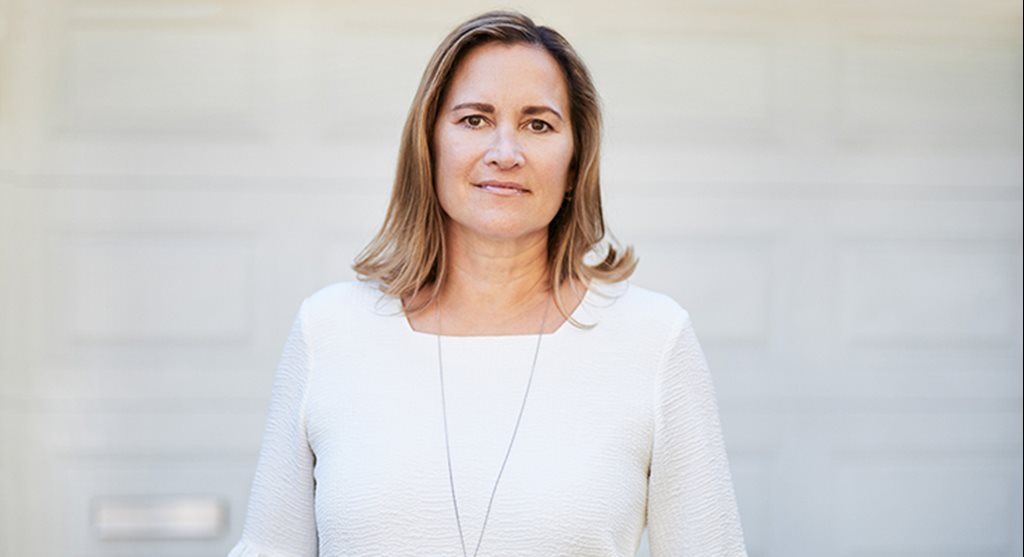
The issue of physician burnout is finally getting the attention it greatly deserves, both in the medical literature as well as the mainstream media.
Over the past four years, under new leadership, CPSO has undergone significant transformation. We have implemented a Right-Touch approach to how we regulate; we introduced alternative dispute resolution to quickly resolve lower-risk complaints and we moved away from highly stressful random peer assessments to a new quality improvement process. These changes aim to increase efficiency and ease the burden on physicians. We continue to explore opportunities to reduce stressful encounters with the College and provide support for physicians.
The issue of physician burnout is very much on the mind of Council. Burnout has consequences for physicians — broken relationships, substance use, depression, and even suicide. It has consequences for patients — an increase in medical errors, reduced quality of care and reduced access to care. It also has organizational consequences — decreased productivity, higher job turnover and early retirement. Indeed, if ever an issue has called out for our thoughtful attention, I believe it is physician burnout.
Research has shown the many drivers of burnout fall into three major domains: efficiency of practice, a culture of wellness and personal resilience. Most physician wellness initiatives focus primarily on improving personal resilience, which is, by far, the smallest contributor to burnout with only 20 percent of the drivers. Mindfulness programs and yoga classes may be helpful in reducing stress, but they can't solve physician burnout.
Indeed, if ever an issue has called out for our thoughtful attention, I believe it is physician burnout.
More than 80 percent of the drivers of burnout are related to organizational factors, including excessive workloads, inefficient work processes, clerical burdens, lack of input or control for physicians in issues affecting their work, and leadership culture. We have all experienced electronic medical records that require multiple logins and passwords to obtain relevant patient information, excessive click counts, phone calls going directly to voicemail, email overload, lack of hospital beds and resources, and the list goes on. Effective solutions require organizations to align their efforts with these drivers.
That message was key to Dr. Jillian Horton’s recent presentation to Council. Dr. Horton, one of the physicians driving culture change in medicine, says the literature has overwhelmingly found that organizational factors are the primary causes of physician burnout. If we cast the issue as a personal problem, we do so at our peril, she said. Given that a recent Ontario Medical Association survey found 34 percent of physicians reported either persistent symptoms of burnout or feeling completely burned out, it is essential health system organizations come together to focus on these issues.
My own specialty recently devoted a section of its 2022 Canadian Anesthesiologists’ Society Practice Guidelines to the issue of physician wellness. It includes specific recommendations for wellness and advocates for transparent and equitable hiring and scheduling, support during career transitions, zero tolerance of discrimination, harassment and bullying, more administrative support, flexible hours, scheduled rest breaks, and debriefing support after challenging clinical encounters. Although it was written by anesthesiologists, the guidance is transferable to many medical specialties.
If we cast the issue as a personal problem, we do so at our peril.
The coming months are going to continue to test our resilience. COVID-19 has exposed some significant structural weakness in our health care system. As we begin to rebuild capacity and start to address the substantial surgical, procedural and preventative care backlog, physicians will continue to face extraordinary pressures. We are at a critical moment of action in addressing physician health and the CPSO Council is committed to ensuring we continue to engage with health system partners to ensure physician wellness is top of mind across the system. I look forward to continuing this important conversation with you over the year.
Thank you,
Janet











